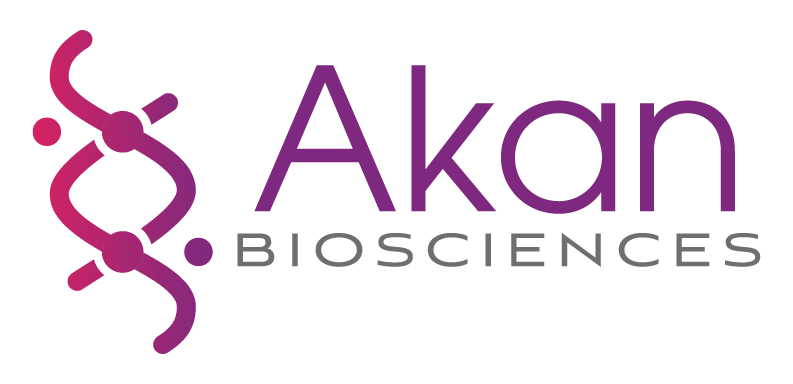Sports Injuries
Sports injuries can occur throughout your body to bones, muscles, tendons, ligaments and other structures due to sports, exercise, trauma, direct impact or overuse of muscles or joints.
A sports injury can be acute or chronic. The most frequent sports injuries are broken bone, cartilage tear, dislocation, tendinitis, sprains and strains. The most common parts of the body affected are the Achilles tendon, ankle, elbow, head, knee and shoulder.



